Director Hayao Miyazaki’s Farewell is a magical story about growing up, dealing with loss and new beginnings, albeit a slow and sometimes confusing one.
There’s one thing I’ve always been a little afraid to admit because sometimes people don’t seem to understand it well, but I’ve never been a big fan of Studio Ghibli animation. I completely understand the reasons why millions of people around the world fall in love with their stories, I think they are beautiful productions, but none of them have managed to completely captivate me.
The film that came closest to falling to my liking was Princess Mononokea film I need to rewatch now that I’m older and maybe revisit other animations from the studio to see if I have a new opinion on them.
Because I talk about myself instead of talking about The boy and the crane, new feature film and perhaps the last directed by Hayao Miyazaki? Because talking about this film is exactly talking about yourself. It feels profound and, in a way, I think that’s what the director wanted for his farewell.
Dealing with the pain
The boy and the crane is an almost autobiographical film, which presents numerous parallels with the life of the 83-year-old director. The story revolves around a twelve-year-old boy named Mahito, who lost his mother in a fire in the hospital where he worked, as happened to Miyazaki.
His father marries his aunt and moves to a rural property, where the boy still doesn’t quite understand how to deal with the new reality. The entire first half of the animation revolves around this change, which seems to lead towards a plot about growth and how to deal with pain and overcome it.
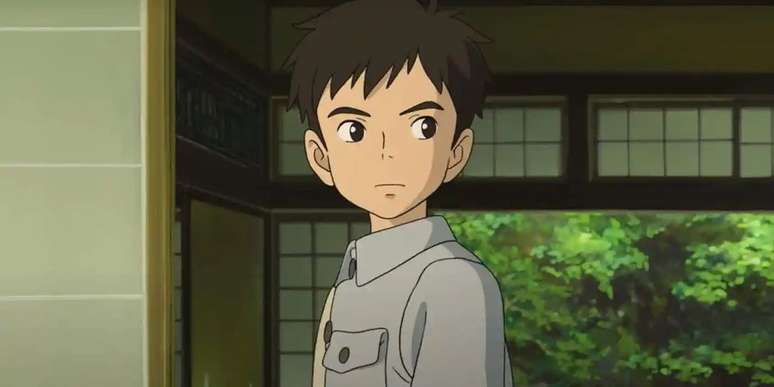
The pacing of this first half is rather sleepy, but it really feels like a choice, as Mahito’s life doesn’t bring much emotion beyond the fact that his father married his aunt, who is now pregnant.
However, everything changes when the young man notices a heron that always haunts the property. Because of the animal, he discovers a tower nearby, where his great-great-uncle went and was never seen again. From that moment on, the film transforms into a magical and colorful adventure, full of dangers and encounters between Mahito and the characters in his life on a journey that defies time and space.
This whole second part is confusing. Talking like this seems like a bad thing, but it’s the exact opposite. In this often absurd change of rhythms and scenarios, Miyazaki embarks on a path that manages to convey ideas and feelings about life, death, inheritance and how we should see our own existence.
A literary adaptation and a life story
The boy and the crane carries much of the director’s life story, despite also being slightly inspired by a book that shares the same original title, Kimitachi wa Do Ikiruor “How do you live?”.
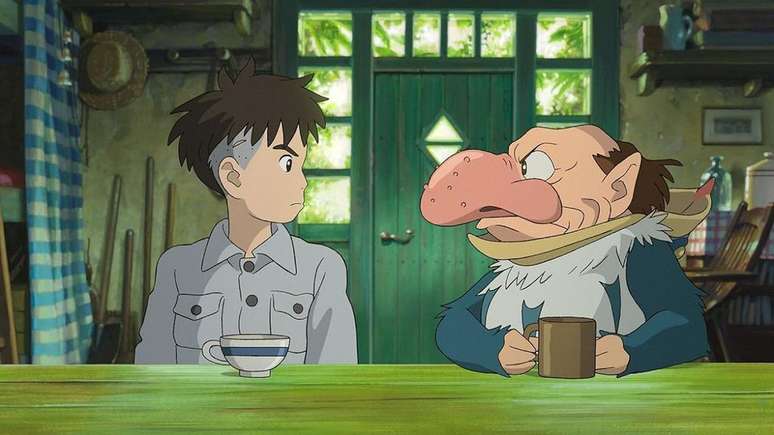
The book, which appears briefly in a scene of the film, tells the life of a 15-year-old teenager through diary entries written by his uncle, talking about various topics such as school, society and ethics, ending with a vision of the future.
In a way, the book manages to inspire much of the plot The boy and the crane for the simple fact that Mahito finds himself constantly learning how life really works and how his choices will shape the path he should follow in his life.
The doubt between fantasy and harsh reality
The boy and the crane has a tiring first half, as it ends up repeating themes without leaving the place. The second half, more focused on fantasy and magic, makes the film more interesting and manages to highlight the plot’s strengths.
Although the film’s main character is only twelve years old, it speaks volumes about how we view life in terms of facing hardship or giving in to escapism, described as the possibility of a new life of fantasy and magic.
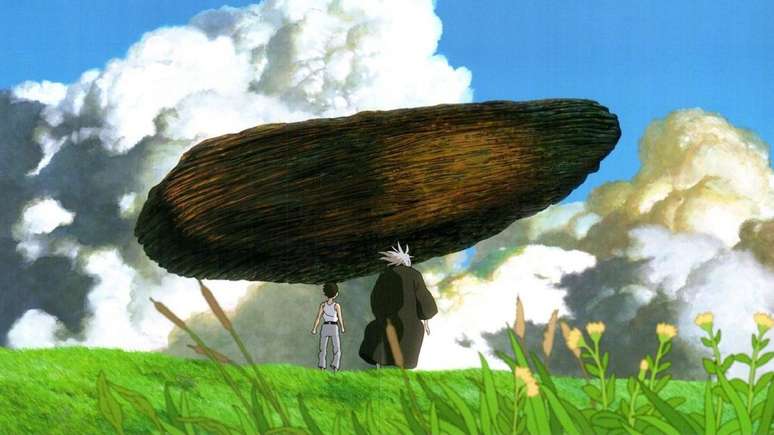
As we recognize that this may be the last film of an 83-year-old man, The boy and the crane It gains more strength because it not only feels like a look at a boy’s growth, but also like a person looking back on their past and their life choices.
While the colorful part is much more exciting, full of action, magical enemies and the possibility of becoming the great hero of the story, life is also made up of boring moments, in which we feel smaller than anything else when faced with problems or trauma.
What Miyazaki does with animation is try to show the beauty and importance of both ways of life. To make the viewer also wonder how to live their life. And, although I recognize that most Studio Ghibli films fail to completely captivate me, this one made me understand a little better the feeling he wanted to convey. All this in a very colorful film about a boy and a bird with a serious baldness problem.
The boy and the crane is shown in cinemas throughout Brazil.
Trends on Canaltech:
- 🤑 ARATO | Take advantage of the 512 GB Galaxy S23 on super offer
- Cinema Week 2024 brings tickets to R$12 across Brazil
- The 45 most anticipated films of 2024
- Scientific article with strange AI images is removed
- The best Simpsons episodes to watch on Star+
- Mrs. Teia | Premiere’s box office shows the extent of the loss
Source: Terra
Rose James is a Gossipify movie and series reviewer known for her in-depth analysis and unique perspective on the latest releases. With a background in film studies, she provides engaging and informative reviews, and keeps readers up to date with industry trends and emerging talents.

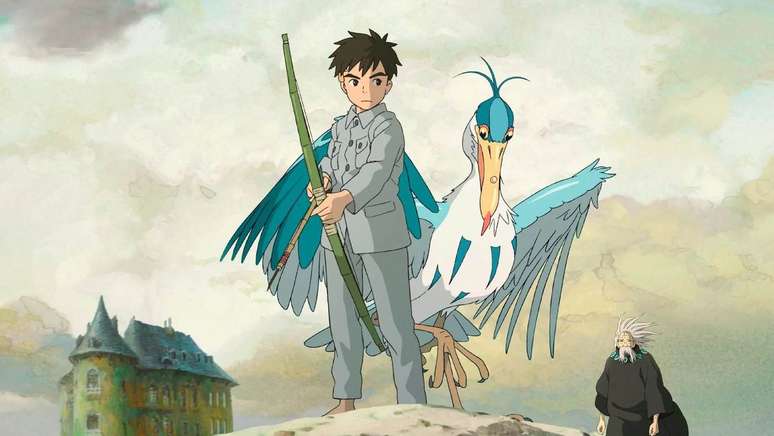
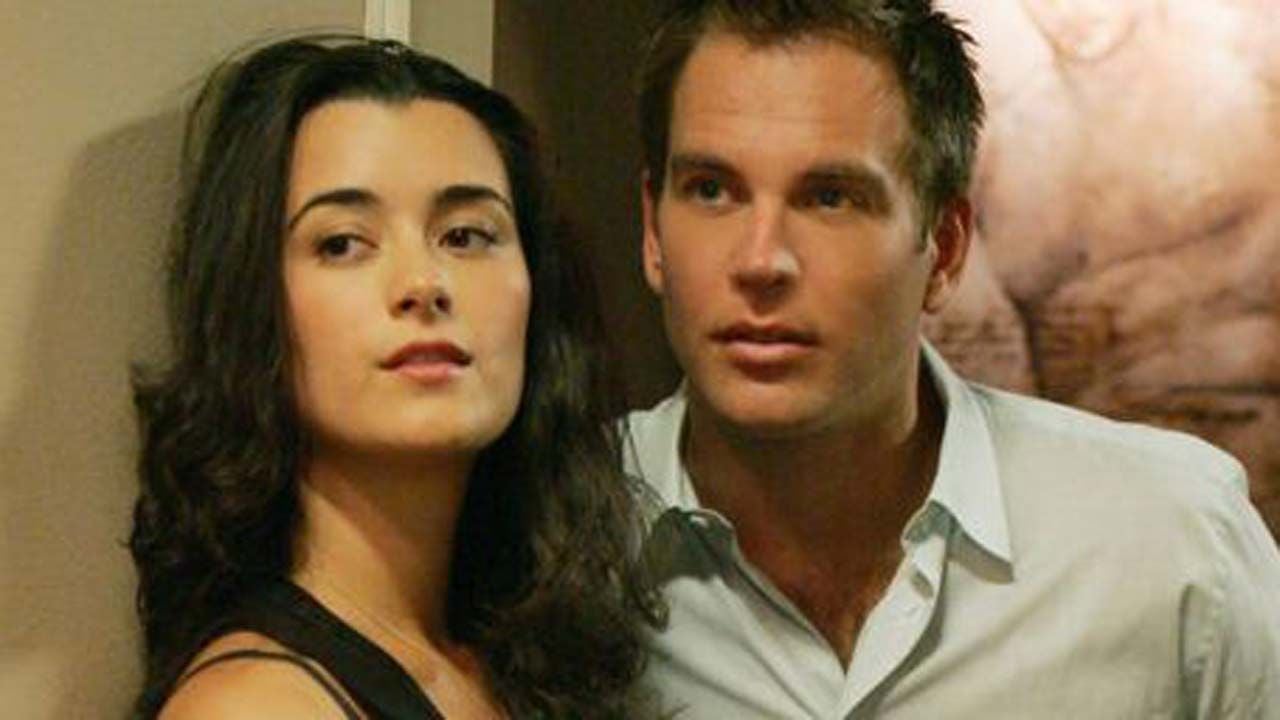

![A Better Life Preview: What’s in store for Tuesday, October 21, 2025 Episode 446 [SPOILERS] A Better Life Preview: What’s in store for Tuesday, October 21, 2025 Episode 446 [SPOILERS]](https://fr.web.img6.acsta.net/img/fe/c7/fec79870332faf9ba9cf244248ec57c8.jpg)


